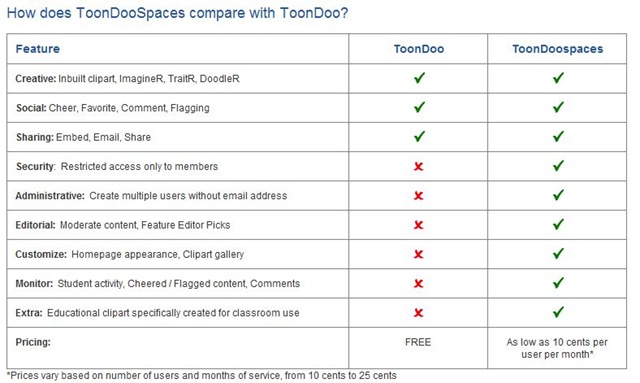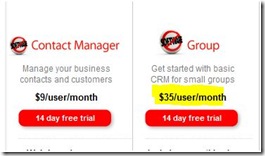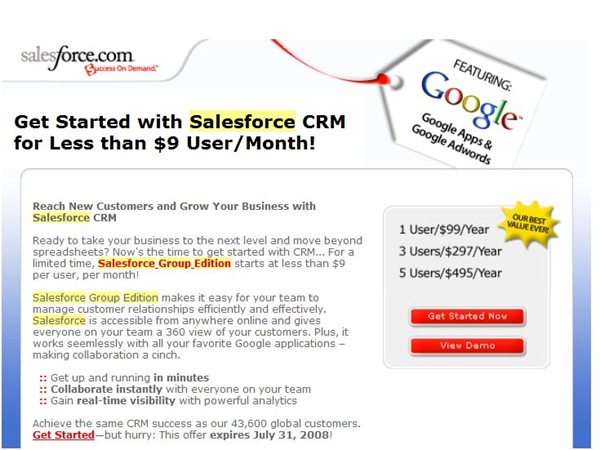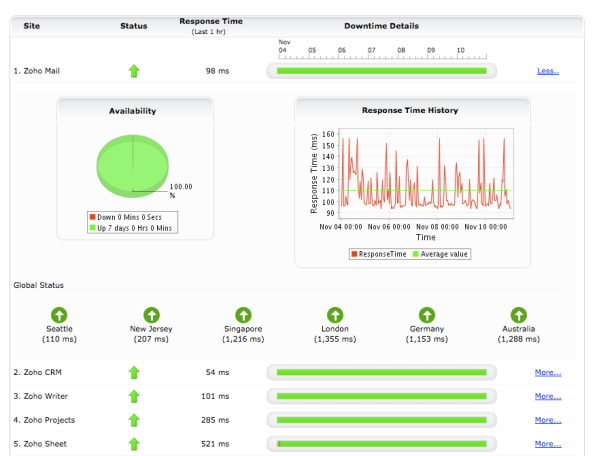There’s a debate going on about 37Signal’s “hidden” “unannounced” price increase of their popular Basecamp service.
Apparently most of the uproar wasn’t so much due to the price hike itself, but the fact that it happened without any announcement.
Cinovate Cinovate Cloud Inn.
Why did 37 Signal’s Basecamp price double unannounced? http://bit.ly/bLan2a Contact Cinovate for a Force.com based Basecamp killer app.
canadatechnews Canada Tech Eqentia
Why did 37 Signal’s Basecamp price double unannounced? http://eqent.me/caOkNV
TechvibesTO TechvibesTO
Why did 37 Signal’s Basecamp price double unannounced? http://ht.ly/19GKlt
Not everyone agrees:
If people have a problem with #BaseCamp #37Signals pricing they have two options, shut up or move on. No big deal cc/ @jasonfried
Hm. I guess STFU is an answer, too. On the other hand, competitors are ready to take advantage of the situation:
![]()
mikeerickson Mike Erickson
If you dont like the #basecamp price hike, check out #teambox!
![]()
bluecamroo BlueCamroo
Don’t like #basecamp price rise? Try #BlueCamroo. Project Management and Social CRM with Twitter from $24.99 p.m. http://bit.ly/c68rkR
Zoho (longtime CloudAve sponsor) even offered a conversion tool: BUMP. (not to be mixed up with the iPhone / Android BUMP)
But 37Signals Founder Jason Fried came back with a surprising statement:
This isn’t accurate. We have not raised prices. Our prices have been steady for years. Max is still $149. Premium is still $99. Plus is still $49. Basic is still $24. Free is still free. Same prices as last week, last month, last quarter, last year, two years before that, etc. Each plan has the exact same levels and features and projects and disk space as before.
So who is right? And more importantly, where is the $24 Basic Plan?
(Cross-posted @ CloudAve » Zoli Erdos)


 Zoho is mostly known for their Web-based productivity and business software, but sometimes they venture into … hmm…
Zoho is mostly known for their Web-based productivity and business software, but sometimes they venture into … hmm…  )
) 







 )
)

 If it looks familiar, perhaps you followed my
If it looks familiar, perhaps you followed my 



Recent Comments